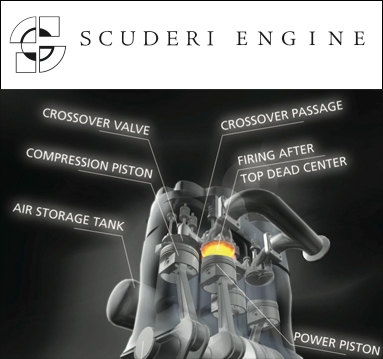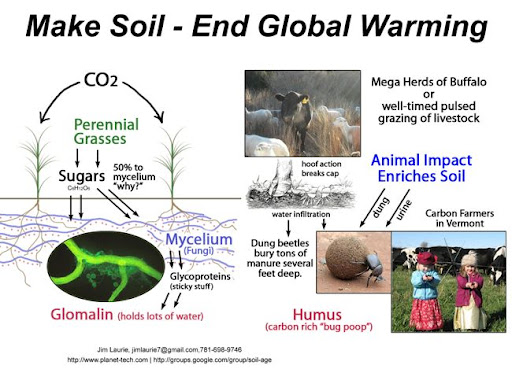You are here
Scuderi Engine - "Air Hybrid"

New England isn't known as a center of automotive breakthroughs, but a new development suggests that's about to change. The locally designed Scuderi Engine has the potential to significantly improve the efficiency of combustion engines. The split-cycle engine uses air compressed in one cylinder to improve the efficiency and cleanliness of the combustion reaction in another cylinder. The result is an engine capable of greater efficiency, reduced emissions, and better performance than traditional combustion engines. Efficiency is expected to meet or exceed that achieved by hybrids, but at a much lower cost. The Scuderi Group is currently collaborating with engine manufacturers from around the world and expects to see the first vehicle installations on the market by 2012.
The base Scuderi Engine is a split-cycle design that divides the four strokes of a conventional combustion cycle over two paired cylinders: one intake/compression cylinder and one power/exhaust cylinder. By firing after top-dead center, it produces highly efficient, cleaner combustion with one cylinder and compressed air in the other. Unlike conventional engines that require two crankshaft revolutions to complete a single combustion cycle, the Scuderi Engine only requires one. Besides the improvements in efficiency and emissions, studies show that the Scuderi Engine is capable of producing more torque than conventional gasoline and diesel engines.
Scuderi Group Corporate HQ
1111 Elm Street - Suite 33
West Springfield, MA 01089, USA
(P) 413.439.0343
http://www.scuderigroup.com
test
The company claims gains in efficiency and reduced toxic emissions over conventional four-stroke Otto cycle designs. The first prototype unveiled so far is the core split-cycle engine technology that the air-hybrid component works off of and the company expects to have a prototype with the air-hybrid feature to be completed by Q3 2010. Projections include a 10-15 percent gain under full load conditions over conventional engines and when turbocharged and with the air-hybrid component added, that may increase from 25 to 50 percent. There is also the potential to gain 50 percent in their gas mileage when used with all its turbo charging and air-hybrid features. The performance is expected to be just as good or better with dramatically less cost and far less environmental issues as compared to electric hybrid systems and can also be used in tandem.
- Log in to post comments



